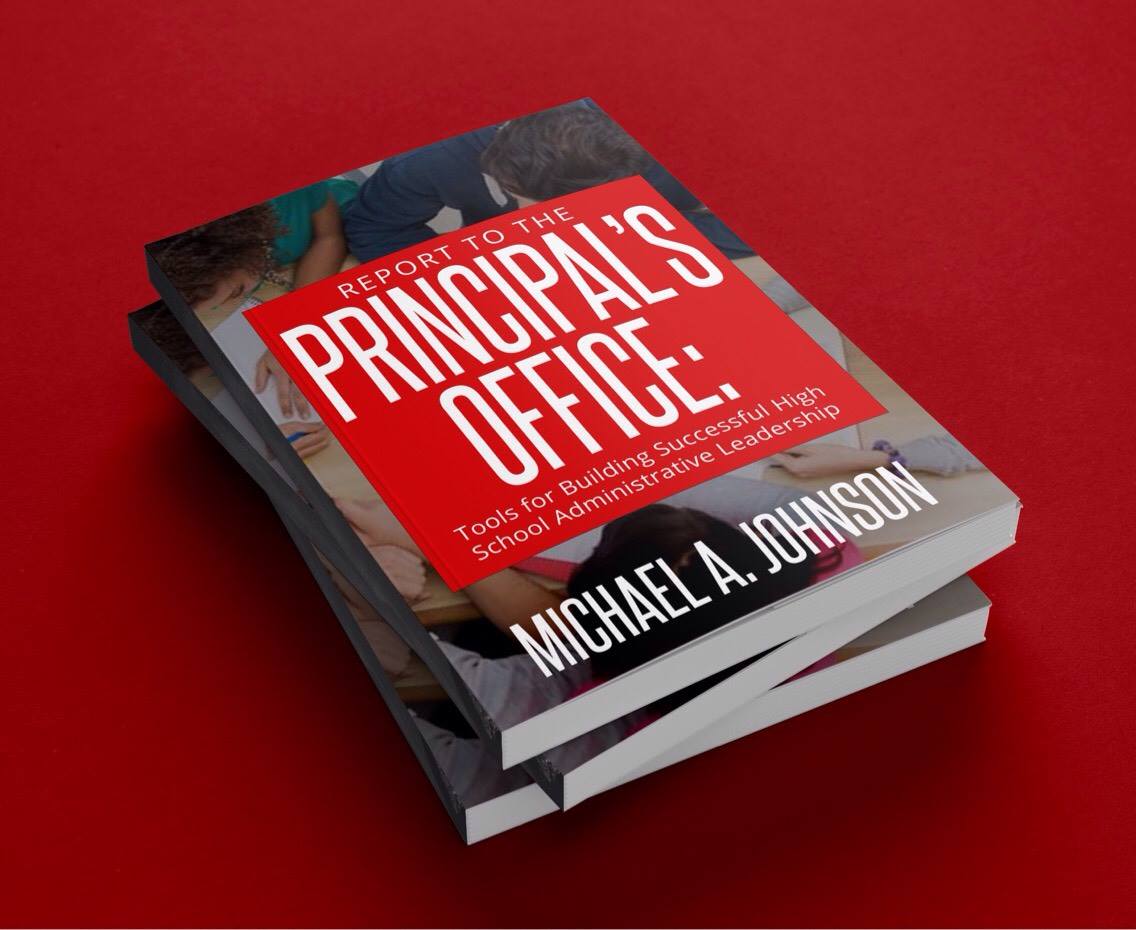The issue isn’t cell phones in public schools; the problem is the many academically unchallenged and learning underserved students in these institutions.
Every principal knows, especially in middle and high school, that introducing any technology (e.g., internet-linked computers) that connects students to other students, bad societal actors, or anyone outside the school building can be problematic. For example, the last thing a principal wants is for students to broadcast an unedited or unverified explanation of a school incident to their parents before the school administrators can provide a proper and official accounting of what actually occurred in the school. On several occasions in my capacity as superintendent, I was forced to put out false but troubling panic fires because a student in a school texted or called a parent with totally incomplete or inaccurate information. (Principals will recognize this common scenario. Student to parent: “A bunch of kids who ate the chicken nuggets at lunchtime got sick!” —No, one student got an upset stomach at lunchtime, but it had nothing to do with the chicken nuggets)
Principals and Superintendents must implement managerial systems to forestall and counteract any problem cell phones may create or exacerbate.
Given the proper professional development for school administrators and a school and district having a sound anticipatory cell phone policy, this potential electronic communication issue could be addressed appropriately. For example, as a high school principal in a school where every student had a cell phone. I gave my work cell phone number (on me and on at all times), my home landline number, and my work and personal email address to the entire Parent Association executive board, as well as to several “informal” parent leaders, and even quietly to several student leaders (they were thrilled to have that access status); the staff had a 24-7 accessibility and capability to contact me, including on weekends and school breaks. Finally, I did not hide the fact that I lived in the community (Bedford-Stuyvesant), so students knew where I lived and, as teenagers will do, passed through my block to say hello, which is why I had to get “presentably dressed” even when I took out the garbage or swept the area in front of my house. I had a similar approach as a superintendent; I lived and shopped (and everybody knew where) in the community, in this case, Cambria Heights in South East Queens. Further, all of the members of the President’s Council (the presidents of each school’s PTA/PA) and other informal and formal school district and community leadership members had electronic access to me 24-7. These proactive actions were designed (and on multiple occasions they did) to eliminate the problems of any false or incomplete information being spread outside of official school or district sources.
But school and district leaders can’t be distracted by the latest ‘sexy’ public education story that’s taken up by the news media or politicians. We must avoid these distractions and stay focused on the ‘main mission thing’ we are presently failing at doing in public education. And that systemic failure is glaringly exposed by the horrendously large number of underperforming schools that are underserving the intellectual gifts and talents of students, the large majority of whom are Black, Latino, poor, and zip-coded educational opportunity disenfranchised.
This is the real hard and politically challenging work that must be done. If we are to educate every child to the best of their ability, then this work must be done with great urgency and efficacious energy, while working through the lesser issues of whether or not a child has a cell phone. We have a long history of doing public education, and we must continue to do so with a determined focus.
Over time, as a profession we have made the necessary adjustments to meet the march of progress (e.g., going from needing desks with liquid ink holders to the use of classroom laptops). Schools (we did) can put the appropriate cell phone misuse guidelines in place while providing rules for students in the ‘good pedogeological’ utilization of cell phones as a teaching tool when applicable. Let’s stay focused. Please don’t wait on the news media or elected officials to get it right. They have an important oversight and evaluating our results role to play, but if students can’t read at an elementary level in middle school after spending so many elementary school years with us, if they don’t know how to navigate and conduct themselves in a post-high school world professionally, if we can’t get more interested and capable students successfully into and through the STEM college major and career gatekeeper course of Algebra 1, then that student having or not having a cell phone won’t matter.


